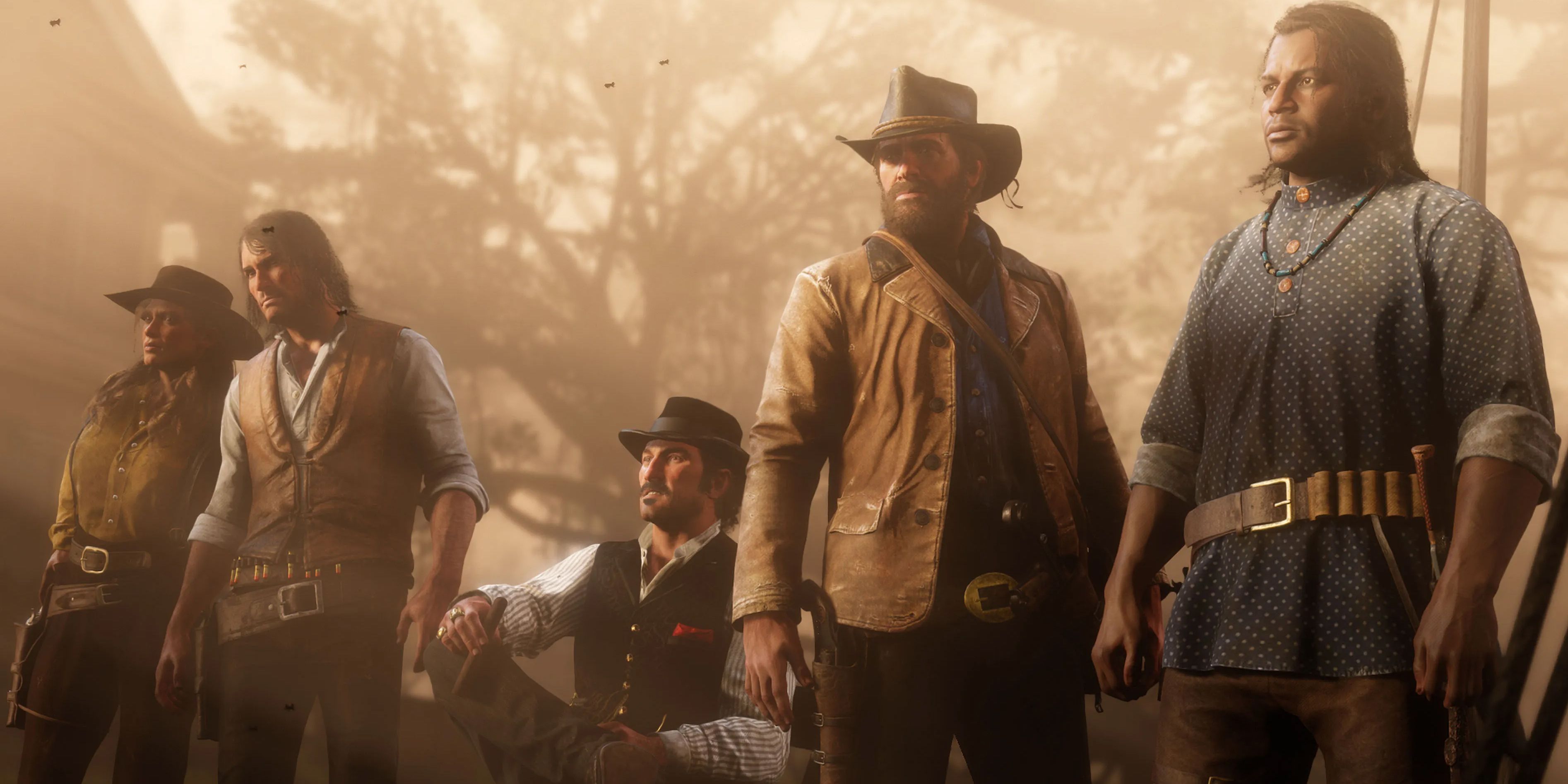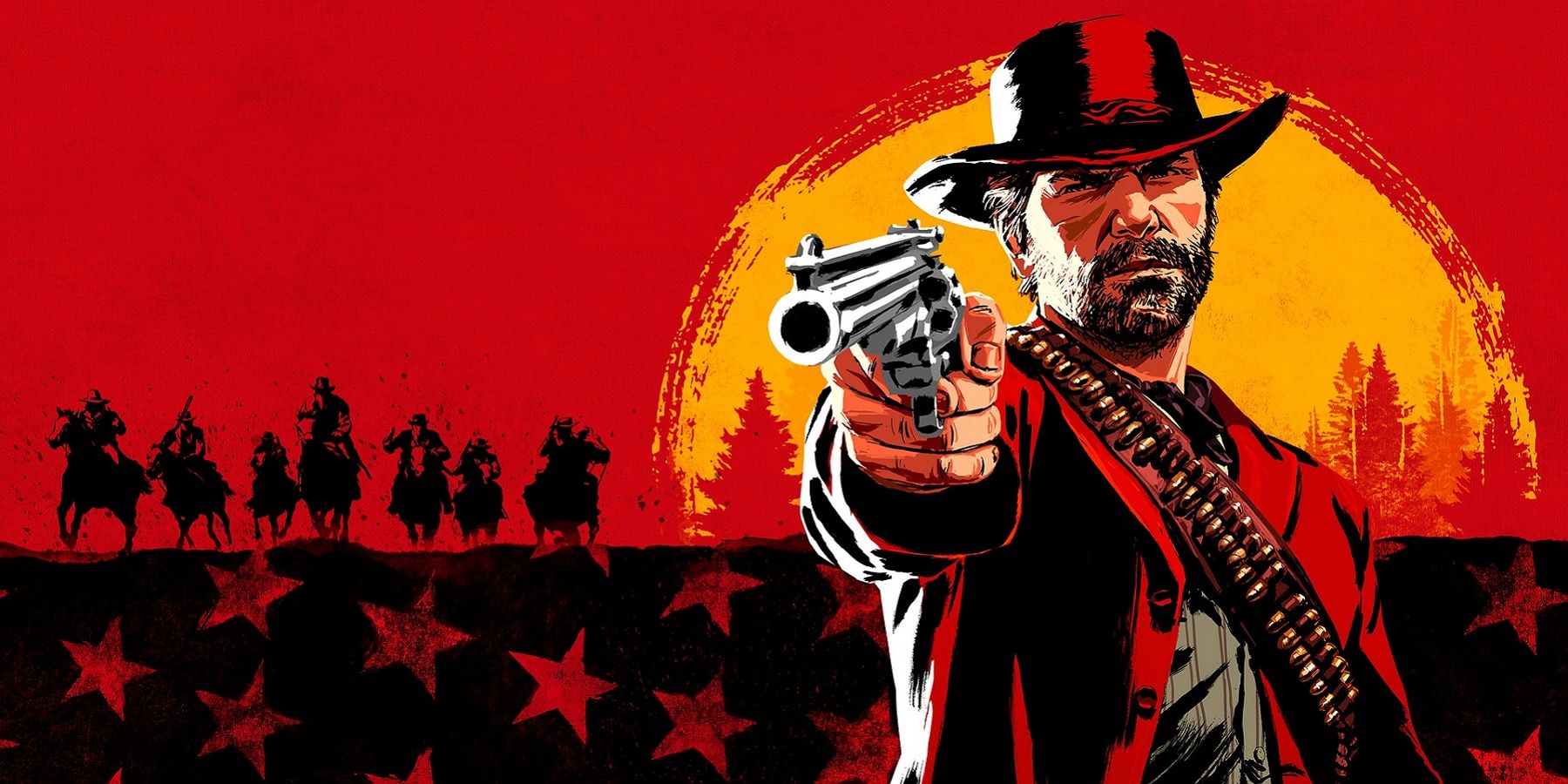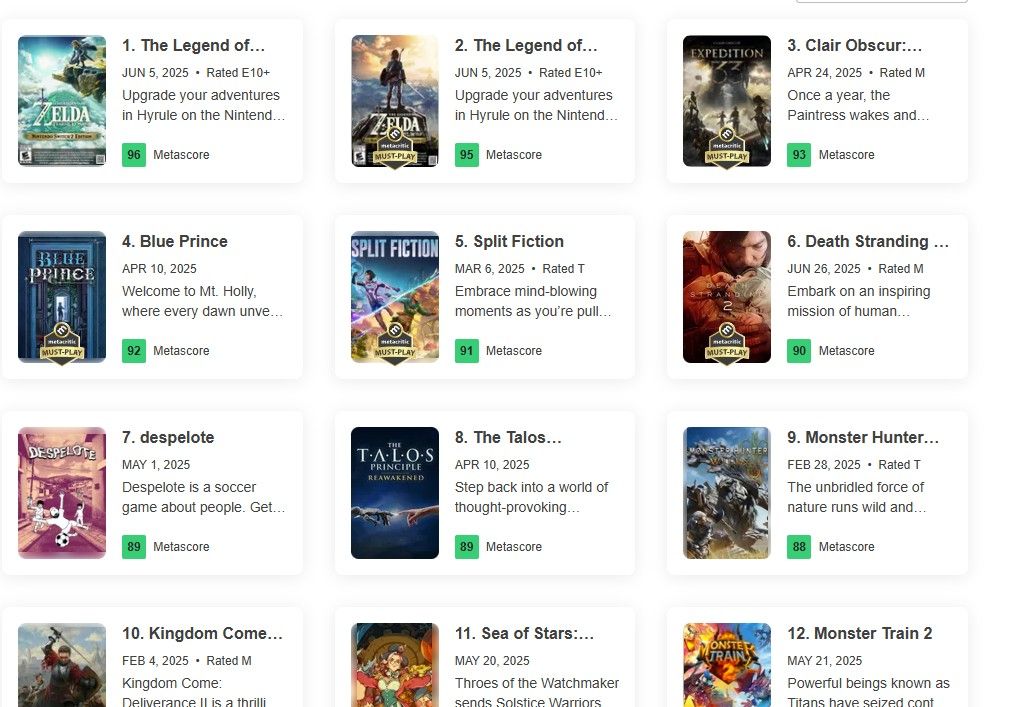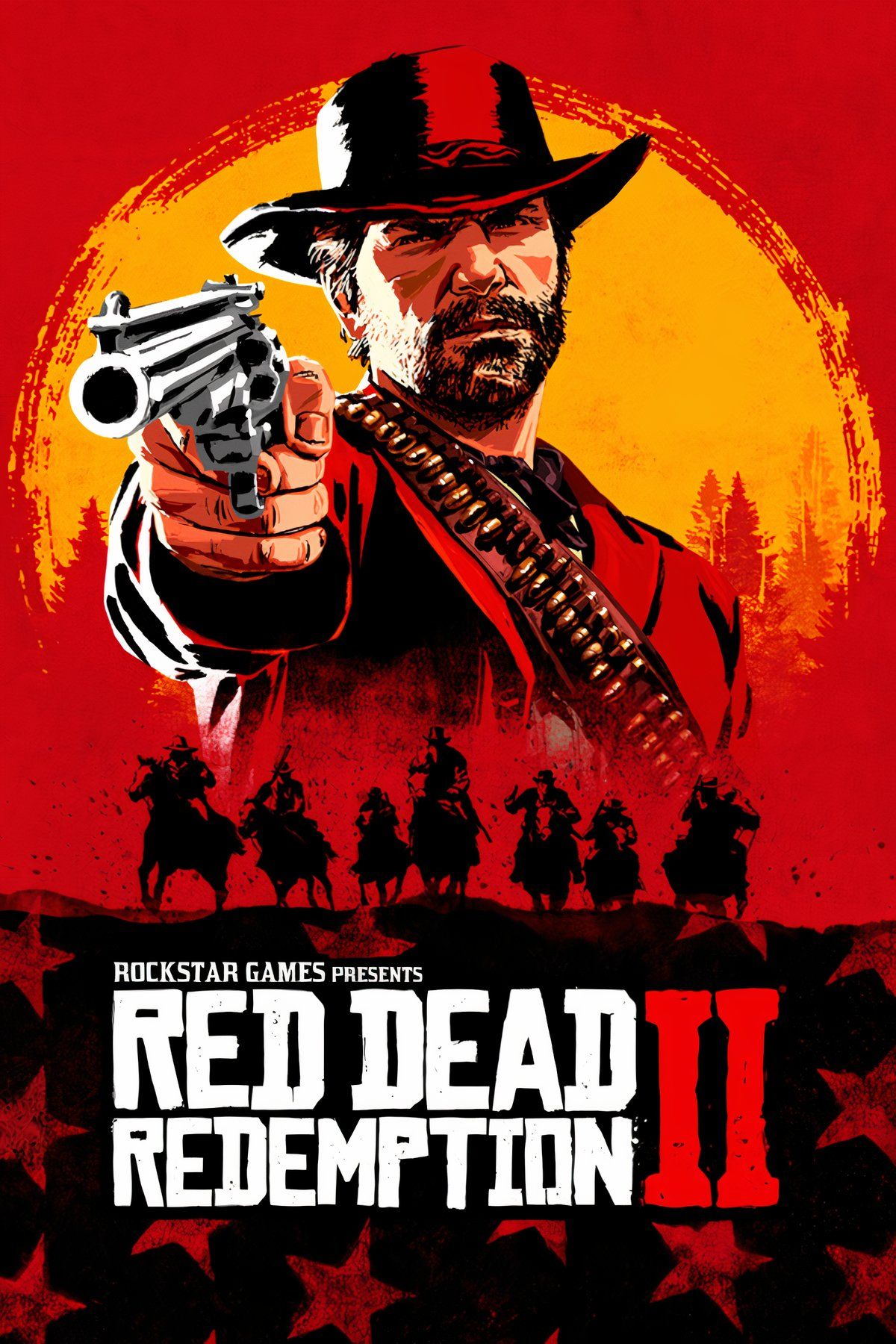
Sign in to your Game Rant account

Red Dead Redemption 2, which only has native PC, PS4, and Xbox One versions, still looks better than most games available for higher specs and current-gen consoles. In fact, the graphics of Red Dead Redemption 2 still look better than most 2025 game releases, minus only a few. Death Stranding 2 and its Decima Engine are probably its biggest competitors in this field, but the truth of the fact remains: a seven-year-old game designed for older hardware is outperforming major releases in 2025. The problem isn’t Rockstar’s or Red Dead‘s, but the lack of understanding surrounding why this is the case and the precedent it sets for games, as many studios falter to chase its standard.
Red Dead Redemption 2‘s development began around 2010, with full development beginning somewhere between 2011 and 2013. Active development really took place for roughly five years, according to the most conservative estimates, but the entire pipeline spanned around eight years. And for Rockstar, it was worth it. It’s still highly competitive in 2025. It is considered one of the greatest video games ever made, being among the best-selling video games of all time too. However, far too many execs outside Rockstar can see these sales and these numbers and want them for themselves. Not every game needs to be a Red Dead 2, not every game needs to be the “greatest ever made” or “best-selling,” especially when reality sets in. The human and industry cost of Red Dead Redemption 2 was much higher than any of these surface-level accolades suggest, and what’s worse, that way of thinking hasn’t fully changed.
Of course, Red Dead 2 alone isn’t the only factor in this. There are a lot of other issues and games that have led to current trends in the industry, but when considering the ballooning costs of AAA development, it’s a rather good poster child.
The Real Cost of Games Like Red Dead Redemption 2
Over the past few years, the cost of AAA game development has ballooned. Many are looking at ways to handle this complex problem, and there is no simple solution. Some execs and developers believe genAI could reduce this, but there are many ethical concerns regarding it. And there should be because those costs are both ecological and human. The SAG-AFTRA strike for AI protection lasted for 10 months, affecting game development across the board, and it’s one example of how important humans are to games, to art.
Regardless, shareholders and business owners are always going to consider their bottom line first. Not to defend them, but in some ways, that’s their job: make tons of money. You dangle a game like Red Dead Redemption 2 in front of someone who sees in dollar signs, and they are not going to consider the deeper costs. That’s why games like Fortnite led to huge live-service pushes across the spectrum: microtransactions and live-service games can essentially print money. The effect on consumers is similar. Of course, someone is paying for microtransactions and skins that help those live-service games print money, but not every game could or should be that.
Dollar signs for eyes will make the game industry go blind
Red Dead Redemption 2 has a lot going for it, but the graphics alone are eye-catching at first glance. The same can be said about GTA 6. Graphics aren’t everything, but when it comes to making money and appealing to as wide a market as possible (another growing problem for AAA games), graphics are going to matter. It’s the first impression, and many games have faltered or succeeded because of the reaction to their first reveal. Case in point: there are rumors that GTA 6 will cost $100, despite $80 games being considered problematic. Nothing concrete supports this rumor, but if it proved true, GTA 6 sales would be just fine. GTA 6, by name recognition alone, is going to end up on TV stations, talk shows, and mainstream pundits, the same mainstream that ignores the beautiful games released every day. Its sales, based on how it looks and how the world is going to treat it, will be just fine. However, if GTA 6 looked like GTA 4 but played just as well as it will, then that’s what would undercut its mainstream appeal (and thus sales) the most.
Graphics are not everything, but in a AAA game that requires market-wide appeal, it becomes a problem. That is just the market, too, and not what it truly costs. Yes, estimates put the marketing and development budget for Red Dead 2 somewhere around $500 million, but the costs of Red Dead 2 run much deeper.
The Human Cost of Red Dead 2

Rockstar had a crunch problem it is reportedly trying to address now, but nowhere was this more covered and obvious than in Red Dead 2‘s development. There were reports of mandatory and unpaid overtime in its cycle, including a crunch schedule of 100-hour weeks. Now, let’s apply some crude math to that. If Rockstar devs worked a standard 40-hour workweek during these crunch periods (which were extensive), it would mean that development took more than twice as long to complete. Graphics alone are not the only attributing source, but the attention to detail is one of Rockstar’s biggest selling points. That means more artists and engineers, which means more people, which means more money. Games are and kind of should be expensive.
As Bloomberg reported earlier this year, the biggest contributors to budgets are people—hardworking people who pour their hearts and passions into their work. Mismanagement, however, means sometimes these people are left floundering with no direction. In a perfectly managed world, this still means some crude math can be applied to the crunch. Had Rockstar hired and perfectly managed more than twice as well-experienced developers, the budget of Red Dead Redemption 2 would have been twice what it is now to be developed in that same time period, possibly putting it closer to $1 billion. To be clear, the budget costs of game development are real, but as long as that is forced onto the back of people, the cost becomes too high. This kind of budget and development is not sustainable, overworking people is not sustainable—Red Dead Redemption 2 ultimately did not need the graphical fidelity or attention to detail it carries.
In a perfect world, games like Red Dead 2 could be made without accumulating a real human cost: crunch, manpower issues, management issues. But this is not a perfect world, and the fact that the best games of 2025 (per Metacritic) are largely populated by games where photorealistic or even realistic graphics are not a factor means this is not a trend worth chasing. However, the sales tell a different story. Looking at GameSpot’s list of best-selling games of 2025 so far, it’s hard to ignore the graphical factor in each game—with sales being the main reason some execs chase these trends. Making a fun game, sadly, isn’t the goal more often than not.

The Industry Cost of Red Dead 2
Beyond the human cost is the very real cost to the industry. Rockstar, for all intents and purposes, is a Red Dead and GTA studio, and the reality is that Red Dead Redemption 3 is not a given despite its continued success. Red Dead Online did not bring in near as much revenue as GTA Online, and even in the case of Red Dead 2, the beauty and fun of it is not going to be what drives decision-making. Beyond that, Rockstar had many wonderful IPs that it has all but completely abandoned:
- Bully is a prime example of the sales/fun/fan demand trifecta. Fans want Bully 2, but the project was canceled.
- L.A. Noire was a fantastic game, but outside its 2017 port, Rockstar has shown no interest in pursuing this type of game again.
- Manhunt has been abandoned since 2007.
- Max Payne may have Rockstar involvement, but its revival (which can’t be guaranteed) is partially because of Remedy Entertainment.
- Midnight Club hasn’t seen a new game since 2008, despite giving Burnout and Need for Speed a run for their money quality-wise.
- And others like The Warriors, Oni, Smuggler’s Run, State of Emergency, and The Italian Job
Between 1999 and 2013, Rockstar was a prolific and established developer/publisher with works across the industry. After the release of GTA 5 in 2013, Red Dead Redemption 2 is the only brand new game released by Rockstar, and since Red Dead 2, there hasn’t been anything new. GTA 6 releases in 2026, and should it make that release date, it means the studio has released two brand new games in thirteen years. Not only is this development simply unsustainable without major profits, which other studios outside Rockstar may not be capable of, but it means that any hopes of its old IPs or even new ones are squashed by sales. And even then, Red Dead 3 is not a guarantee.
Rockstar is far from the only developer to become a 1-or-2 game studio in recent years. As just one example, there is a non-zero chance that BioWare (a famed RPG studio that produced tons of great games in the 2000s and early 2010s) is now just the Mass Effect studio. And if the new Mass Effect game doesn’t land, there is a non-zero chance that BioWare just ceases to exist. To meet this shift, there are tons of indie and AA studios forming, but the cost to our people and our industry is increasing more and more every single day.
Game Budgets Have Become a Huge Problem
Graphics are certainly only a symptom, one best encapsulated by Red Dead 2, but the ballooning costs of development (financial, human, and industry) are a problem. Making good games, making great games, is not enough anymore. There is no simple solution, but the first step in solving a problem is identifying one. Dollar signs for eyes will make the game industry go blind.

